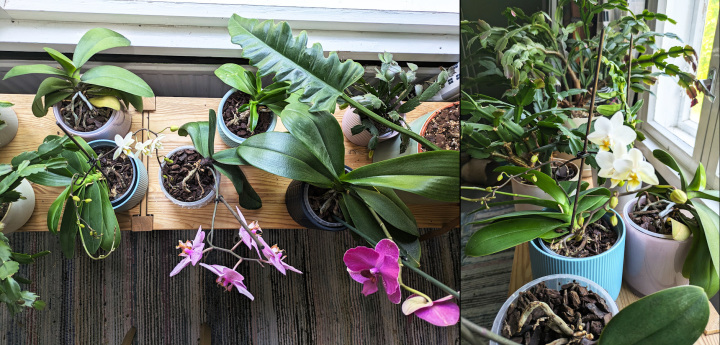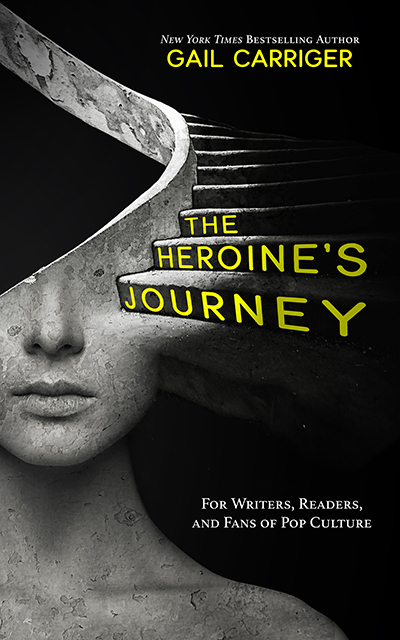✓
![[personal profile]](https://www.dreamwidth.org/img/silk/identity/user.png) kingstoken
kingstoken's
2025 Book Bingo: YA/Children's
Wildwood is a 2011 children's novel by
Colin Meloy, also known for his work as frontman for the Decemberists, with illustrations by Carson Ellis. It follows the adventures of two pretty much contemporary American children, Prue and Curtis, as they set off into the woods to rescue Prue's baby brother (who was carried off by crows) and discover a secret civilization of people and talking animals who have lived in the Impassable Wilderness for centuries and are now locked in a brewing war for control over it.
Things that would have made me love this when I was a kid:
• The world-within-a-world element. A magical society living just outside a regular city? Hell, yeah.
• Rich and vivid language, with an appealing narrative voice.
• Its worldbuilding (although I'm going to put a pin in this), which generally walks a nice line between whimsy and grit, with rules that establish themselves with a light touch.
• The length. This is a brick by children's book standards. It's well-paced and the sort of a thing that could keep a voracious reader busy all the way to their next trip to the library.
• Its sensibility about the independence of kid protagonists in the real world.
• The nomadic society of bandits and their king.
• The illustrations, particularly the
full-colour inserts.
This didn't quite hit for me as an adult, but I'm glad I finally checked it out after years of meaning to.
I think the main thing that kept me from really loving it was wanting a little more interiority for the main characters. I get that the book is aiming for more of a fairy tale and Narnia vibe, but: 1) some of the characters' important choices really do hinge on personal decisions and relationships, and 2) this is a 540-page book. Fairy tales aren't built to run for 500+ pages, and it's longer than the first two Narnia books put together. I found myself craving more depth and emotional weight, especially as it went on.
( For example... (Cut for Moderate Spoilers) )Getting back to that asterisk next to the worldbuilding, I also found the story's decisions about diversity (or the relative lack thereof) occasionally distracting. I get it. Portland's pretty white, by design, and was even more so fifteen years ago. There are really only two characters from the real world and their direct relatives, and it wouldn't necessarily land well to be like, "All the characters of colour in this story are people lost in time, living in the woods."
But at the same time, among the predominantly 19th and 20th century settler-coded residents of the woods, you get these moments of groups with Indigenous coding who are either talking animals or white people—with the stereotypical two stripes of war paint and feathers in hair showing up in a picture of the latter. The text takes pains to characterize this group as Celtic, but that raises its own questions when a reference is made that seems to place them there before that territory's colonization, positioning a "since time immemorial" Irish population in the Oregon wilderness.
I often found myself looking at the aesthetics and thinking about those musical festivals full of severed pieces of Indigenous, Roma, and Celtic cosplay and felt like the fantasy here might be coming from a similar place.
The overall whiteness (and straightness, for that matter) of the book kept standing out because it's such a long story with such a huge cast. I did quite like large swathes of this book, but I think the length worked against it because the text kept offering more without necessarily offering
more, if that makes sense.
This is the first book in a trilogy, and I have no idea if the subsequent books address or change any of this. I'm not racing to pick up the next one, but I might flip through it at the library sometime to see what it's like.
( An Excerpt )













